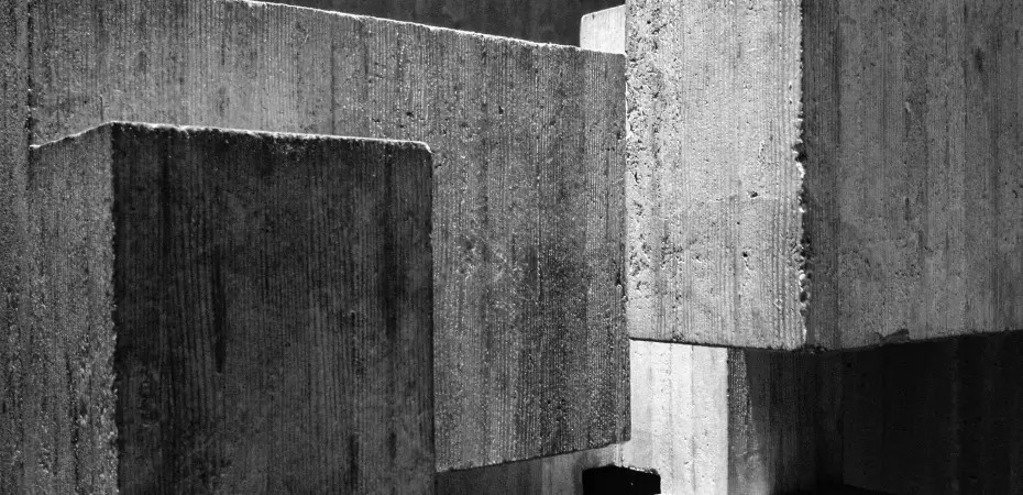Brutalism was a product of the post-war era in Britain, so entangled in the idea of rebuilding in service of a growing public that it would spread worldwide. The spirit of functionality, affordability and ultimately democracy at the heart of this 20th century architecture should be a guiding principle for a forward-thinking culture.
The reinforced concrete that dominated the visual language of wartime bases, bunkers and flak towers during the war would be recast in the vision of a welfare state looking to construct a bright future for its masses. Brutalism would become a global phenomenon representing the radical break from a destructive past. In India, for example, this architecture would coincide with the break from British colonial rule in 1947. In fact, the country’s Palace of Assembly built in 1962 in Chandigarh would become a distinctively brutalist structure worldwide.
Here at Brock, the Arthur Schmon Tower is the school’s flagship building and as brutalist as it gets. Decked out in drab concrete, protruding columnar pillars and sharp, externally visible rectilinear sections with telecom hardware extending out its top—it emphasizes a guiding principle of brutalism: unabashed functionality-on-display over purely aesthetic features.
The Schmon Tower was designed by Gordon S. Adamson & Associates and built in 1968. Gordon Sinclair Adamson, an Ontarian, would come to be well known in southern Ontario for ushering in this post-war modernist architecture that had already infected a large part of the United Kingdom.
The architectonics of modernism had so much to do with progress and breaking with tradition after the unimaginable global destructiveness of two global wars. The more popular modernism emerging after WWII is why relics of this austere architecture can be seen today in the design of libraries, hospitals, governmental institutions, educational institutions, public housing blocs and other publicly oriented buildings. The post-war consensus dovetailed nicely with brutalist design because it focused on rebuilding the social and material fabric of a damaged nation. Up until the 80s, brutalism was the material backdrop to a societal gestalt worthy of imitation in combating the liquid, sterile, standardized, and often anti-homeless postmodern architecture dominating our 21st century.
The late cultural critic Mark Fisher in his quasi-autobiography, Ghosts of My Life, aligns brutalist architecture with the broader popular modernism that has disappeared, only to re-emerge in a kind of postmodern nostalgia-fetish; the formalization of nostalgia that’s part and parcel of what he, following Jacques Derrida’s original coinage in Specters of Marx, calls “hauntology.” He writes:
“What’s at stake in 21st century hauntology is not the disappearance of a particular object. What has vanished is a tendency, a virtual trajectory. One name for this tendency is popular modernism. The cultural ecology that I referred to above — the music press and the more challenging parts of public service broadcasting — were part of a UK popular modernism, as were postpunk, brutalist architecture, Penguin paperbacks and the BBC Radiophonic Workshop.”
With the current abundance of a corporate, hypersleek glass and steel look — most horrendously seen in the ever-multiplying presence of garish condominiums in urban centers — brutalist architecture is radical in comparison in that it pushes back against the planned-obsolescence that articulates itself in not only tech products but contemporary architecture.
Brutalism should be looked at as a model for what societal infrastructure should aim for: functionality, longevity and public oriented.


